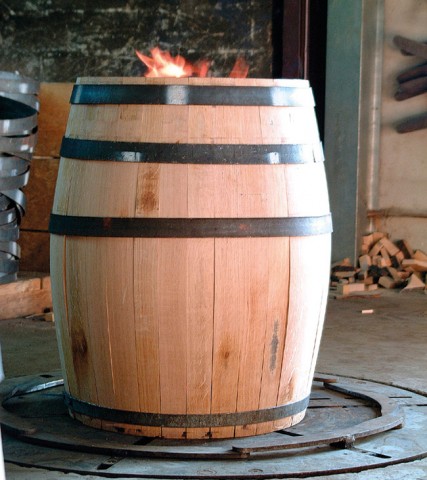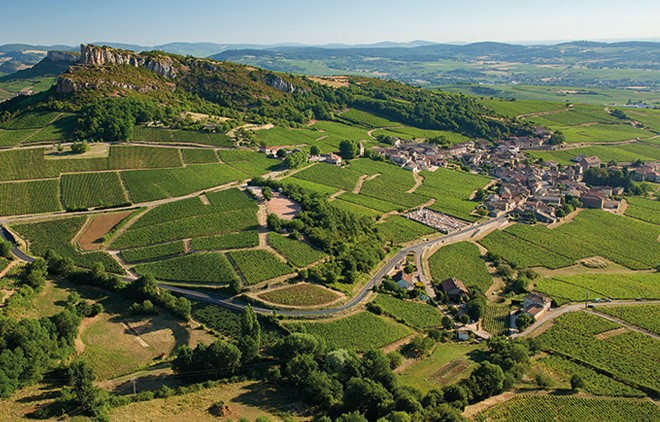
The vineyard of Bourgogne, a territory with a matchless heritage, is ideally located in the Northeast quarter of France which places it close to the great European capitals. Since the Antiquity and even more during the Middle Ages Bourgogne is on a firstclass trade route.The presence of two great rivers, Yonne in the North and Saône in the East, has contributed as many grand vineyards to its development and international fame. In 2015, two millenia after the first vines were planted, the precious climats have been acknowledged UNESCO world heritage.
The vineyard stretches over 230 km from North to South, on three departments. It consists of five production zones: Chablis, Grand Auxerrois and Châtillonnais; Côte de Nuits; Côte de Beaune; Côte Chalonnaise and Couchois; at last, Mâconnais.
The vineyard as a rather temperate semi-continental climate on the crossroads of the Mediterranean (South), continental (North) and oceanic (East) influences. It is located in the warm and rather dry areas. This climate gives a unique identity to the wines and makes the vineyard the perfect place for Pinot Noir and Chardonnay.
Here more than ever the notion of terroir makes sense. The viticultural lanscape has been shaped through the centuries into a patchwork of plots of land called ‘climats’. In Bourgogne the wines would not be what they are without the subtle alchemy that exists between the weather, exposure, orientation, soil and subsoil with the grape varieties and the human savoir-faire.
The roots draw from the limestone subsoil the finesse, richness and mnerality that feature the Bourgogne wines. Viticulture in Burgundy is traditional, respectful of environment, non-intrusive. The wine growers respect the joint effects of climate and soils.
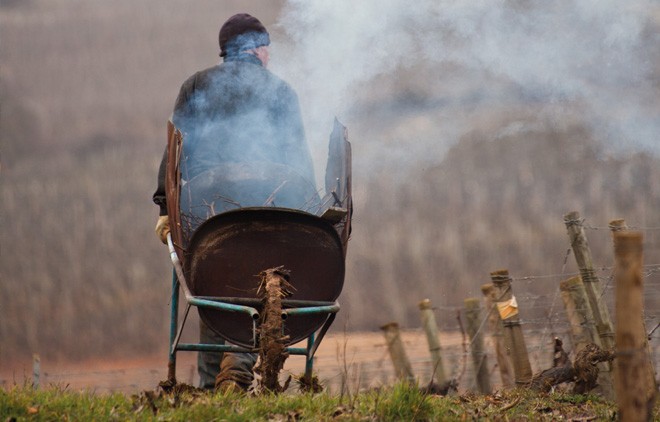
Nowhere else in the world the notion of terroir is better represented than by the climats in Bourgogne. Man has shaped, bordered, worked each plot of land and made it unique. Typical from Bourgogne a climat is a delimited plot of vineyard with specific geological and climatic conditions, like intertwined gardens that form a world famous patchwork of hierarchical crus. When it is walled the climat is called a clos.
The climat marks the typicality of the terroir. Each climat and lieu-dit is defined by a landscape, an exposure, altitude, unique vegetation, a peculiar soil. It is named after its environment and position, also its centuries-old history. Certain climats have the same name since the Middle Ages. There is not one and only terroir in Burgundy but a multitude of plots. Their size ranges from a few ares for the smallest to tens of hectares for the largest. There 1,463 climats in Bourgogne.
The lieu-dit (locality) is a piece of land with a topographical or historical specificity. In the practice it is mistaken for climats. Actually we can find several lieu-dits in a same climat, or a climat that covers only a part of a lieu-dit.
The ownership of the vineyard is subdivided and shares the climats through sales and successions. Clos de Vougeot for example stretches over 50 hectares and some hundred owners. The rare mention of Monopole means the wines has one and only owner and that only one wine is produced in this clos or appellation. Among the most famous there is Romanée-Conti, Clos des Lambrays, Clos de Tart.
There are 100 AOCs in Bourgogne, i.e. 22% of the French AOCs. The system of appellations in Bourgogne dates back 1935. The ranking is based on the quality of the terroirs and the wines known for ages by the wine growers. The first AOC in Burgundy was created in 1936.
Grands Crus – 1.3% of the total production
There are 33 Grands Crus. They are the most prestigious wines.
Premiers Crus – 9.3 % of the total production
They are a part of the local or ‘villages’ appellations. Within the appellations the best climats are registered thus classifying them Premiers Crus. There are 561 of them.
Local (communal) or villages appellations – 38.1 % of the total production
There are 53 of them and their name can be followed by the name of a climat or lieu-dit although not being classed Premier Cru.
Regional appellations – 51.3 % of the total production (out of 0 19% Crémant de Bourgogne)
These are the wines produced everywhere in Bourgogne but on specific areas. The name of a village or a production area can be added to the Bourgogne wine on the label.
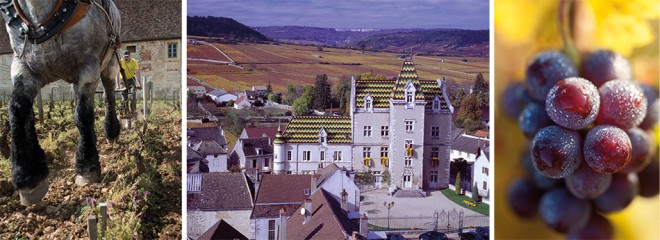
The Bourgogne wines mainly are varietal wines. It is a challenge that strengthens the notion of vintage. They are among the rare wines that are not blended and thus are the purest expression of a grape variety and a terroir as well as the wine grower’s savoir-faire.
Bourgogne is the favourite place and aboslute reference of the Pinot Noir for the red wines and Chardonnay for the white. These varieties are complemented by a little share of Gamay and Aligoté. Generally speaking Bourgogne wines distinguish themselves by the extraordinary finesse and elegance of the aromas that are more subtle that powerful.
The vineyard stands out by the shared desire of the wine growers to implement a sound and eco-friendly viticultre for thirty years. Their hallmark is their close link with the earth. In Bourgougne they do not revolutionize pratices but they work using their intuition. Bourgogne does not follow the trends. But the soft farming methods they have always used lead the wine growers to be in line with tosay’s global develpement of sustainable farming.
Centuries after centuries the work, the preservation of the viticultural heritage also is a kind of effort for remembrance. Certainly the vines and the earth renew. But the climats and clos that appeared through the centuries bear the history of the vineyard. The very peculiar organization of the viticulture turns Bourgogne into the supreme model of terroir wine growing. Precision, finesse, authenticity and excellence have become the keywords of the Bourgogne wines.
The wish to preserve and make recognize the universal value of this legacy led Bourgogne to start the process of candidacy to the UNESCO world heritage in 2006. This long ground work has been successfully completed by the recognition on July 4th, 2015.
1,247 climats on the Côte de Nuits and Côte de Beaune areas South of Dijon have been classified as well as the cities of Beaune and Dijon for their economic, cultural and political impetus in the development of Bourgogne wines in the world.
With this classification Bourgogne will continue protecting, enhancing and transmitting its legacy. Being part of UNESCO world heritage will necessary have an impact on the decisions about urban planning, environment, architecture. The main issue is to control the beneficial impact on tourism by anticipating the flows, but also create tools like themed routes, the ‘Cité de la Gastronomie’ in Dijon and ‘Cité des Vins’ in Beaune.
Terroir wines par excellence, landscapes of universal value, exceptional built heritage, the recognition by UNESCO is the result of centuries of savoir-faire but also marks the beginning of a new era for Bourgogne. The region has a very old reputation of conviviality and sharing. The highlight of this tradition is the famous ‘Paulée de Meursault’ existing since 1923. Through the very new recognition, Bourgogne invites us to discover the mystery and beauty of its climats and wines, its gastronomy.
Sylvia van der Velden
Sources : www.vins-bourgogne.fr, www.climats-bourgogne.com
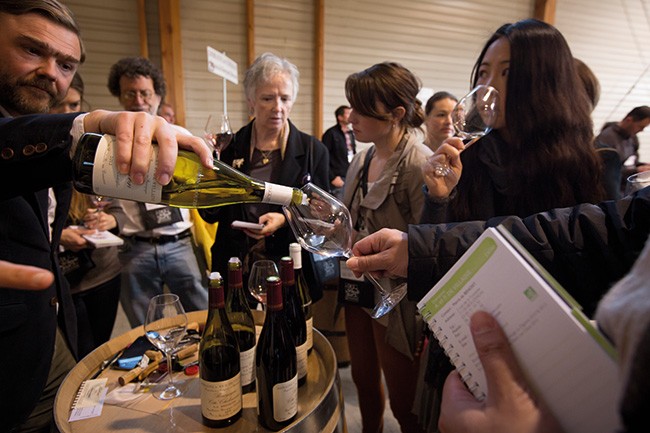
is an association that represents and defends the interests of the Bourgogne wines. Therefore it implements targetted actions for professionals and the general public while providing technical support and advices about the markets for the professionals. It has created its own Wine School and proposes training sessions and E-learning. BIVB is very active in terms of promotion with both the profesional and general public. BIVB regularly proposes encounters with the wine growers and organizes the ‘Les Grands Jours de Bourgogne’ fair.
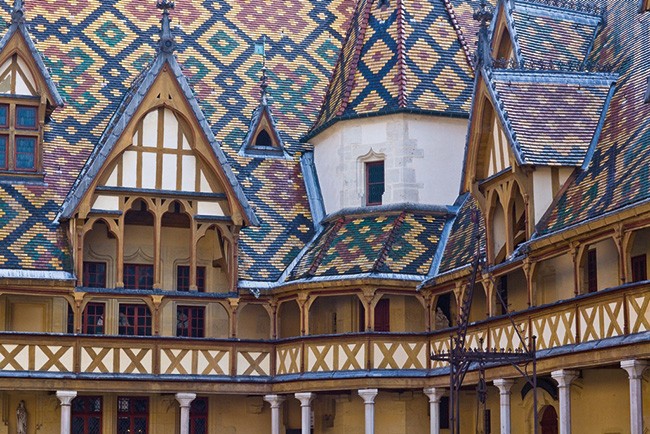
In 1443 a hospital for the poor and sick has been built: Hôtel Dieu in Beaune. It is now part of an ensemble, the Hospices of Beaune, consisting of a hospital, social structures and a vineyard. The production of this vineyard is sold by auction every year in November to raise funds for the Hospices. Hotel Dieu, at the heart of Beaune, can be visited. It is a beautiful architectural ensemble with its world famous varnished tiled roofs.
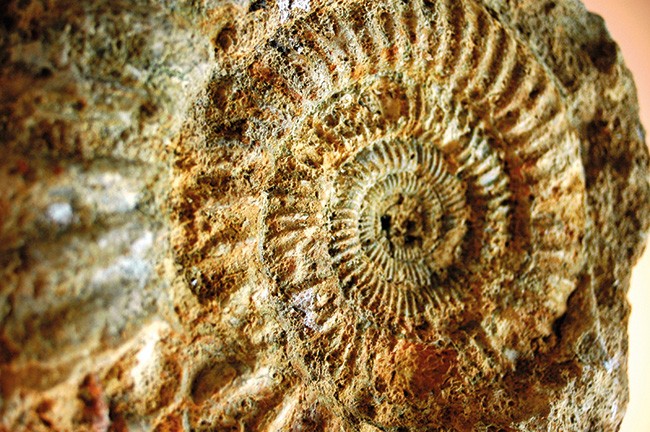
Pot-bellied and high, with gently sloping shoulders and a fine neck, a slightly conic body, the Burgundy bottle appeared in the late 17th century and is now widely used all over the world. The Burgundy barrel is called a piece and contains 228 litres, i.e. 288 bottles.
